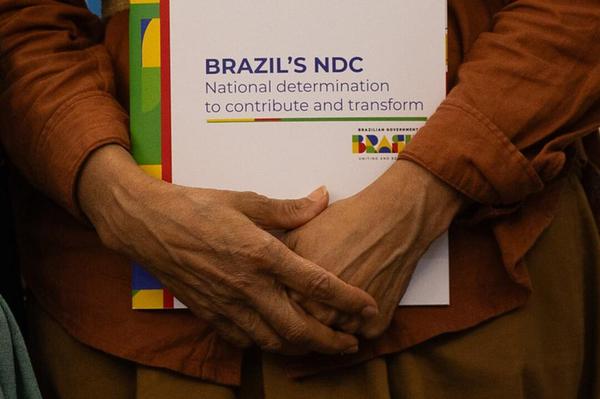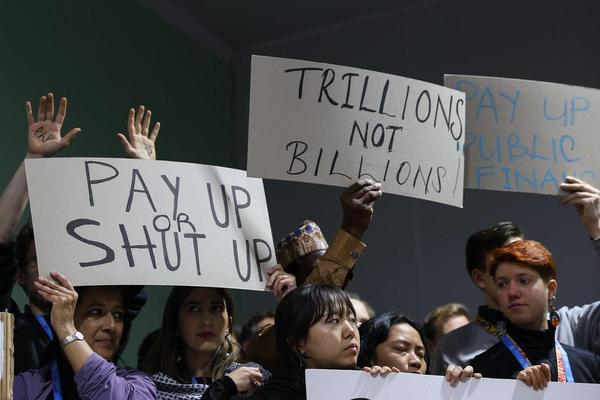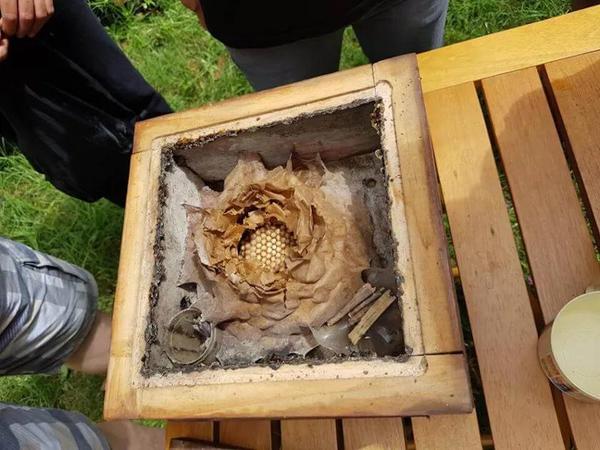
Brasil necesita frenar la deforestación para cumplir su compromiso climático
La especialista destaca que, además de las medidas de fiscalización y control, lo que realmente determinará el éxito del Plan Clima serán aquellas políticas que fomenten una economía que se beneficie directamente de la conservación de los bosques.“Porque así se frena la deforestación, no por la vía del castigo. Y esto aún no se ha planteado. Seguimos preguntándonos, ¿dónde está el plan nacional de bioeconomía? Debería haberse publicado en 2004 y aún no ha sucedido. ¿Dónde está la reglamentación...










